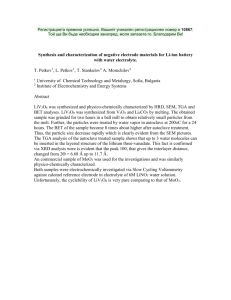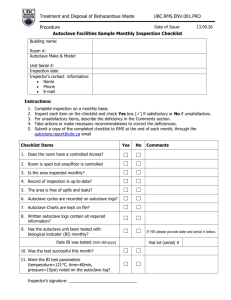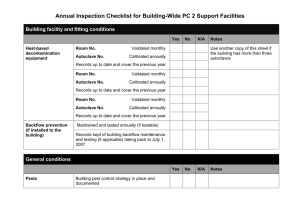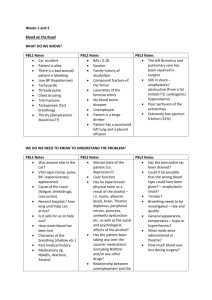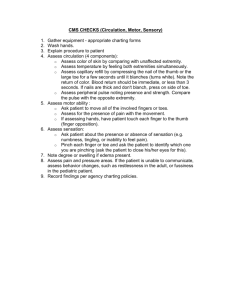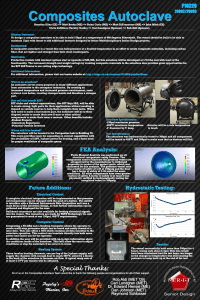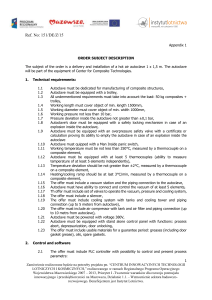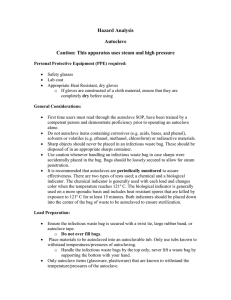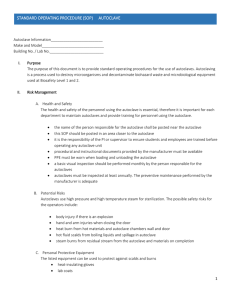January Final Exam Study Guide 2016
advertisement
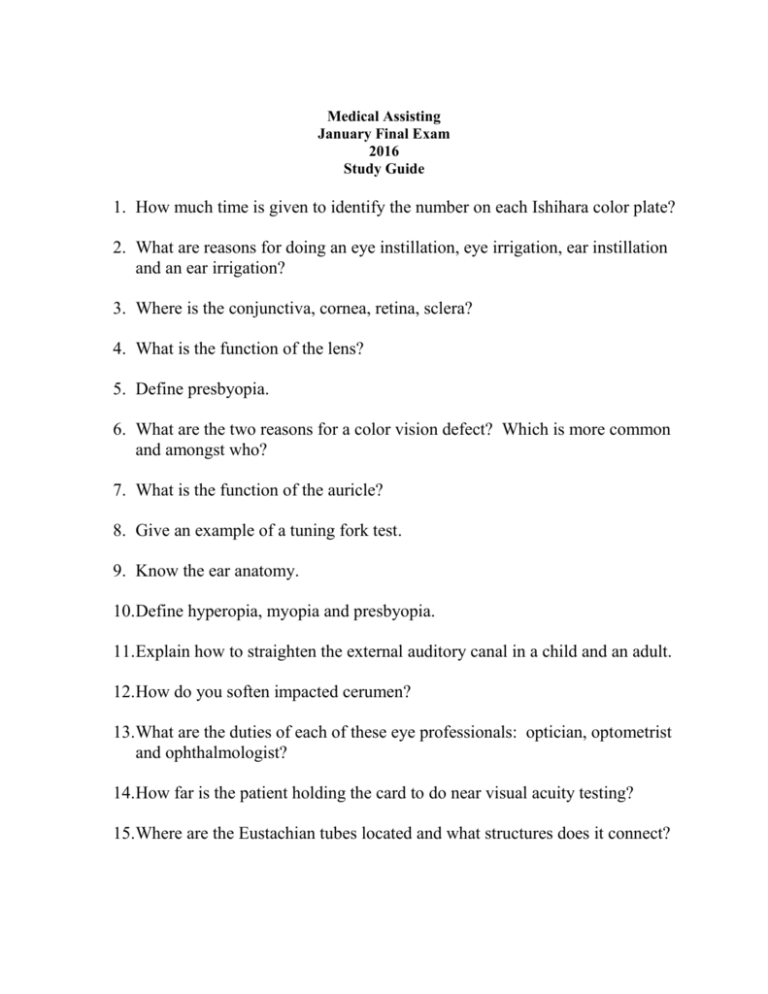
Medical Assisting January Final Exam 2016 Study Guide 1. How much time is given to identify the number on each Ishihara color plate? 2. What are reasons for doing an eye instillation, eye irrigation, ear instillation and an ear irrigation? 3. Where is the conjunctiva, cornea, retina, sclera? 4. What is the function of the lens? 5. Define presbyopia. 6. What are the two reasons for a color vision defect? Which is more common and amongst who? 7. What is the function of the auricle? 8. Give an example of a tuning fork test. 9. Know the ear anatomy. 10.Define hyperopia, myopia and presbyopia. 11.Explain how to straighten the external auditory canal in a child and an adult. 12.How do you soften impacted cerumen? 13.What are the duties of each of these eye professionals: optician, optometrist and ophthalmologist? 14.How far is the patient holding the card to do near visual acuity testing? 15.Where are the Eustachian tubes located and what structures does it connect? 16.What should you do if the patient’s fingers are cold when performing a SpO2? 17.What is normal oxygen saturation? 18.What causes a decrease in SpO2? 19.Where are the radial, femerol, temporal, carotid, popliteal, dorsalis pedis and apical pulses located? 20.What is the purpose of measuring the pulse? 21.Define bounding pulse. 22.Define thready pulse. 23.Define tachycardia and bradycardia. 24.How would you describe normal rhythm and volume of a pulse? 25.What should be done before applying a stethoscope chest piece to the patient’s skin? 26.What is the heat regulatory center of the brain called? 27.Define diastolic and systolic pressure? 28.Describe the process of taking a blood pressure. 29.List the HTN risk factors. 30.What artery is used when taking the auscultatory blood pressure? What artery is used for the palpatory (estimating) the blood pressure? 31.Describe the levels of what is normal BP, pre-HTN, HTN stage 1 and HTN stage 2. 32.What is normal body temperature for an adult? 33.What is average body temperature for an adult? 34.Define terms related to fever, pyrexia and febrile? 35.What is the term for the body temp at 103 degrees F? 36.How does the temporal temperature compare with the oral temperature? 37.How is heat produced in the body? 38.How is heat lost from the body? 39.Why is the temporal artery a good site for measuring body temperature? 40.What can result in an inaccurate temporal artery temperature reading? 41.What causes body temperature to increase? 42.Define and describe intermittent, remittent and continuous fevers. 43.What is the difference between a rectal, oral and axillary temperature? 44.When is it incorrect to use a tympanic membrane thermometer? 45.Define hyperventilation, bradypnea, tachypnea, hypoxia, hyperpnea, hypopnea and orthopnea. 46.What is the color of the rectal probe? 47.What occurs if the lens of a tympanic membrane thermometer is dirty? 48.What is the difference between hyperpyrexia, hypothermia, low-grade fever, and a normal temperature? 49.Who has the slowest respiration? 50.What are common side effects of the Hep B vaccine? 51.What diseases do patients with chronic hepatitis B have a risk for developing? 52.What is the term for an infection that results from a defective immune system that cannot defend itself from pathogens normally found in the environment? 53.What are the lithotomy, supine, prone, sims, and knee-chest positions used for? 54.Describe the attributes of the autoclave wrapper. 55.Describe the sterilization pouch. 56.What type of water is used in the autoclave? 57.What type of article needs to be resterilized? 58.How does one determine the proper time for sterilizing an article in the autoclave? 59.What is the most common autoclave temperature and pressure used? 60.Why is organic material removed before disinfecting the article? 61.How does one clean the autoclave on a daily basis? 62.Define sterile. 63.Wearing utility gloves over clean gloves protects the worker from what? 64.According to the Hazard Communication Standard, what is on the label of a hazardous chemical? 65.What type of article needs a high level disinfectant? 66.What type of chemical should be used to disinfect a lab work surface? 67.Know how to prepare regulated medical waste for disposal. 68.What is the purpose of HIPAA? 69.What does OSHA recommend for decontaminating a blood spill? 70.List growth requirements for microorganisms. 71.How are microorganisms transmitted? 72.Define resident and transient flora. 73.What type of injuries will using proper body mechanics prevent? 74.Know the principles of proper body mechanics. 75.What type of question is used to obtain a chief complaint? 76.How do you record a chief complaint? 77.Why is it important to document instructions provided to the patient? 78.Define charting. 79.Know the guidelines for charting. 80.What is the proper way to sign charting entries? 81.What is SOAP charting and what type of medical record is it used in? 82.When is a release of medical information form completed? 83.Why is important to obtain a social history on your patient? 84.Where would a radiology report go in a source-oriented medical record? 85.What is an objective symptom? 86.What is a subjective symptom? 87.What information is written in the space called Family History? 88.When would a Release of Medical Information Form need to be filled out? 89.Why do we ask if a patient needs to void before the physical exam? 90.What is the difference between a chronic and acute illness? Give examples of each. 91.Define chief complaint. 92.Define present illness and medical history. 93.What information is included in the medical record? 94.What is the purpose of the electronic medical record software program? 95.What is included in an informed consent and what is included in the patient registration record? 96.What is included in a complete patient exam? 97.Define diaphoresis. 98.Define jaundice 99.Define dehydration. 100. Define cyanosis. 101. Define pallor. 102. Define malaise. 103. Why must prenatal patients be weighed 104. What is the purpose for draping a patient? 105. The patient’s weight and height are measured to the nearest…? 106. When is it acceptable to use soap and water to wash your hands? 107. Define vertigo. 108. Define post exposure prophylaxis. 109. What type of BP cuff is used for a child, adult, obese adult? 110. Define health history. 111. Define pathogen and nonpathogen. 112. What is included in the medical history? 113. What services may be provide through home health care? 114. Flushed skin is associated with…? 115. Define the following: a. b. c. d. e. f. g. h. i. j. k. l. Prognosis Medical impression Symptoms Clinical diagnosis Final diagnosis Differential diagnosis Opportunistic infection Dysrhythmias Dyspnea In patient Out patient Ambulatory patient


